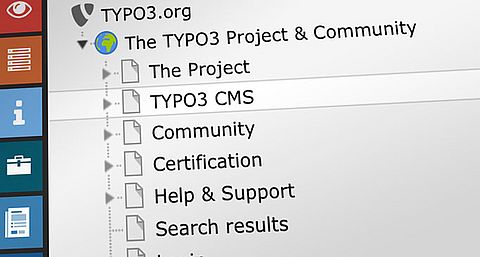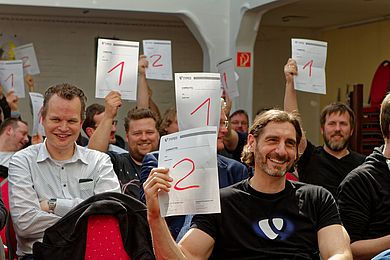About the Name
So where did the name TYPO3 come from?
TYPO3 creator Kasper Skårhøj remembers it something like this:
Back in the late 1990s, while still working on the initial version of his new CMS, he was looking for a name for the new software. At the time, the name “freestyle” appealed to him, but it posed some problems through its over-association with certain activities, products and trademarks. So the issue of naming stayed on the back burner for want of a better idea.
Then, one Friday evening while he was alone in the office after hours coding, Kasper inadvertently typed an error into the command line of his Linux server and accidentally deleted a whole week work. He recalls that feeling you get of a cold rush through the body, when you realize something dreadful has happened. Slowly he got up, walked to the other end of the room and sat down in the couch looking back across the office at the laptop on his desk.
He stayed like this for a while, just staring out into the room. Then, after the initial shock had subsided, he walked back, sat down, and began to recreate the lost code. This went surprisingly quickly; as such things do when you have them fully worked out in your head. And it was during this new rush of adrenaline and the satisfaction that all was not actually lost, that he began to put the incident into perspective. The recreated programming was going smoothly and cleanly, which made him wonder how ironic it would be if a typo ended up actually improving the product! It was this thought that first brought up the expression “typo” as a possible name. It seemed to fit especially well because
- “typo”, as in typography, had something to do with layout and content and
- “typo”, as in a typing mistake, now had a quirky share in the product’s history.
The newborn child now had a name.
Originally there were Typo versions 1, 2 and 2.5. But with the success of version 3, which had branded itself more or less by default, a “3” was eventually appended to the product title itself. Since the launch of “TYPO3 version 4”, TYPO3 has remained as the product name for all future versions. So, TYPO3 it is called … and TYPO3 it will continue to be.





